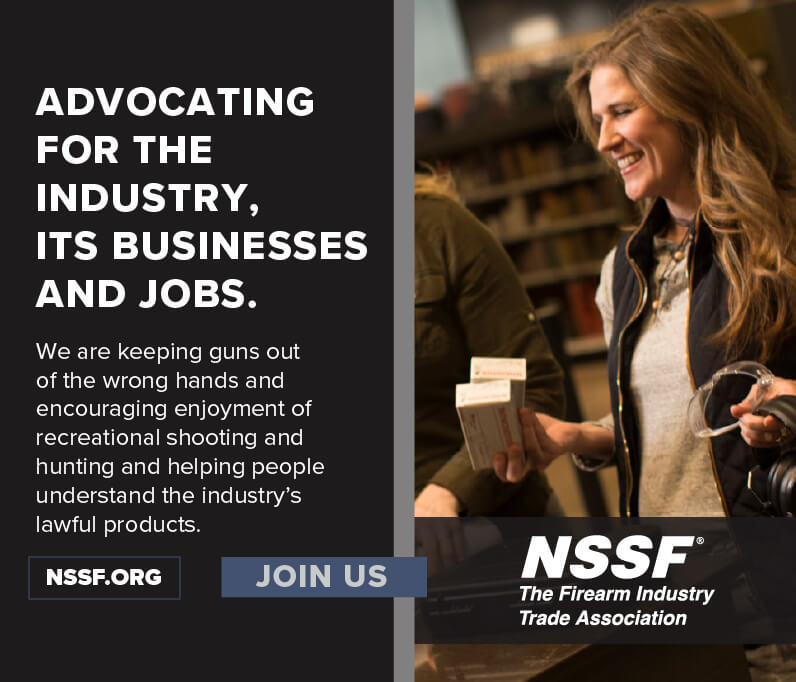 Back to News
Back to News
August 8, 2018
In a Competitive Hiring Market, Bonus Benefits Can Win the Day
In recent articles, I’ve discussed the two foundational pillars of employee benefits, health insurance and retirement. Those two items are the most fundamental to any benefit package and will most certainly be among the considerations of potential employees for your business. However, because they are both integral and necessary, your competition will also likely have decent offerings in those spaces. So, how do you set yourself apart, especially in today’s competitive hiring market? There are a number of ancillary options available in the benefits space to help you do just that.
Disability Insurance
Long ago, when I worked as a financial advisor, I used to ask clients what they thought their biggest asset was. Inevitably, most would answer their home or, in some cases, their portfolio. In almost every case I had to tell them they were wrong.
Most people’s biggest asset is something they very much take for granted, and that’s the ability to get up and go to work every day. If a person is 35 years old and plans to work until age 65 earning $50K annually, that person’s remaining working life is worth between $1.5 and $2.4 million dollars (depending on how much they spent or invested and inflation). This is a huge asset to protect, and an employer can help their employees protect that asset very economically.
Many large employers offer short-term disability insurance, coverage of lost income due to disabilities lasting less than 90 days, at no cost to the employee, and it can be very low-cost to do so. Additionally, long-term disability, coverage for permanent or semi-permanent disabilities, is offered often as well (either subsidized or not through employee contribution). Just the ability to purchase such insurance plans through a group (as opposed to as an individual) can be a powerful savings to an employee whether the employer contributes anything toward the premium or not, as simply belonging to a group creates discounts. This can be a very cost-effective way to make your employees feel valued, while simultaneously helping them to hedge a risk that is very often ignored.
Life Insurance
Life insurance is a somewhat boring and also somewhat morbid topic that few people enjoy discussing. However, it is a cornerstone of a healthy financial plan for an individual. While disability insurance protects the asset of a person’s earning potential if they are injured, it doesn’t if they pass away prematurely. Thus, life insurance protects that same asset in the event of an untimely death and can be a powerful tool to help loved ones cope financially with the loss of a provider.
Again, employers can help with this simply by offering a policy for which they pay nothing for—the simple act of creating a company group gives employees access to cheaper rates. Very often, at companies with more than 20 employees, a basic life insurance and AD&D (accidental death and dismemberment) policy that provides for one or two years’ salary payout per employee can be offered by an employer for a pittance. Of course, as an employer you can offer to subsidize those policies, but even if you don’t, offering some type of group life insurance coverage can be yet another way to cost-effectively send the message to employees, and their families, that your company cares about their well-being.
Employee Assistance Programs (EAP)
A staple of benefits packages at Fortune 500 companies is an Employee Assistance Program (EAP). These plans provide benefits to employees in certain qualifying adverse circumstances that can affect their performance, such as mental health, legal or substance abuse issues, and even divorce, offering financial reimbursements for legal fees, rehabilitation services and counseling. Not only is this a selling point to your potential new employee, it can help keep an existing employee functioning in circumstances in which their performance would otherwise have suffered or even ended their employment.
Some large companies create their own pool of capital and administer these EAPs internally. For a small or medium-size business, subscribing to a third-party EAP plan is the way to go. These types of plans are offered through all the major payroll/HR provider firms and some insurance carriers, and they are relatively cheap compared to other employee benefits. Check into available EAP options in your area and as they may fit your size and scale and see if one makes sense for you.
Profit Sharing
The “Wall Street bonus culture” is often maligned as excessive and fostering greed, but I can tell you firsthand that it also fosters hustle and commitment.
The core benefit of a profit-sharing program is to incentivize, with real money, your employees to contribute to the overall success and profitability of the business. Profit sharing can be executed many different ways, including some that present a tax advantage. While it’s not for every business (those in the early stages of business where profits are unpredictable year to year, or those who simply don’t have enough profits to share), if you can offer it, there is no more powerful tool to motivate employees.
Depending on the type of business, crafting the details of a fair and equitable profit sharing plan can be difficult. There are a lot of options out there and each facet of the benefits equation carries with it its own idiosyncrasies to consider, and you would be smart to have an in-depth discussion with your tax and financial advisors. Take some time to investigate, though, and you may be surprised at the amount of benefits you can offer to increase your competitiveness at a low cost.
About the Author
Josh Fiorini has a wealth of experience in manufacturing, business management and finance both within and without the firearms industry. He was the CEO of PTR Industries, Inc., for seven years and spent the first decade of his career in finance holding positions as an equity analyst and portfolio manager before starting his own hedge fund which led him to the firearms industry. This experience, along with a deep background in manufacturing, banking and private equity, has made him a sought-after contributor on numerous boards, discussion groups, media outlets, corporations and community organizations. Currently, Fiorini invests his time with non-profit initiatives and acts as a contributor and management consultant to various firms in the firearms industry. His activities have been reported in such publications as The Wall Street Journal, The New York Times and USA Today.
You may also be interested in: Payroll, Benefits and HR — Is Outsourcing Right for You?
Categories: BP Item, Featured, Manufacturers, Ranges, Retailers, Top Stories










